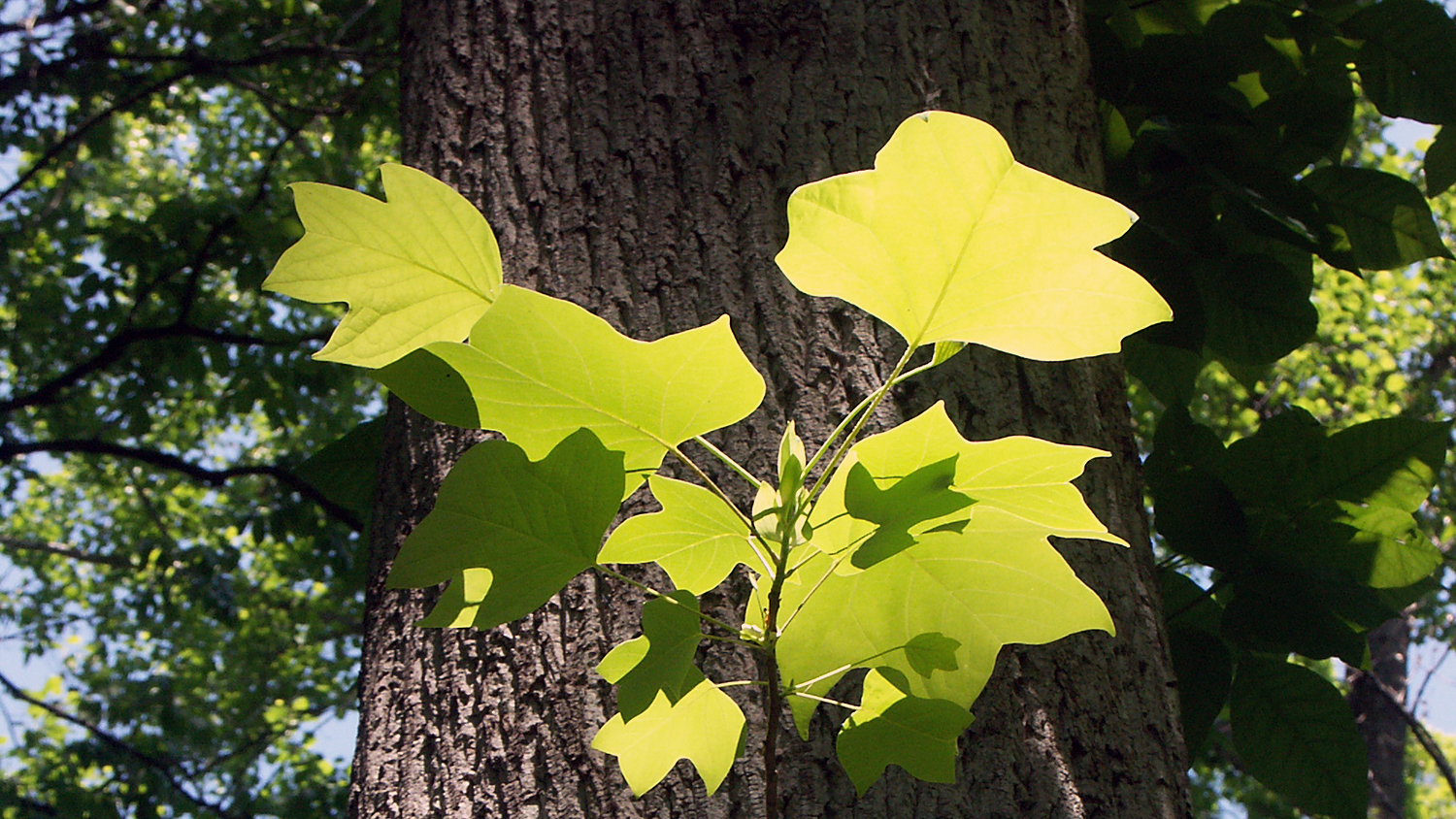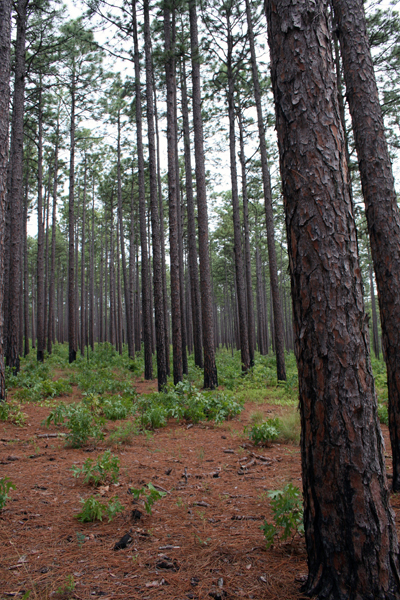Forests in Flux

Climate change shifted the trees in U.S. forests over the last 30 years, drawing hardwood species westward toward more abundant rainfall and evergreens northward to seek out cooler temperatures, a comprehensive new study shows.
Researchers with Purdue, North Carolina State University and the U.S. Forest Service analyzed data for 86 tree species over three decades, finding differences in tree distribution because of climate change, with precipitation having a more powerful influence than temperature.

Scientists found that evergreen trees such as longleaf pine generally have been moving north in response to rising temperatures. In contrast, most hardwoods like tulip-poplar are shifting westward following changes in rainfall patterns, the team, led by Purdue’s Songlin Fei, finds. Precipitation increased in the central U.S. but dropped in the Southeast, where droughts were more frequent during the study period from 1980 to 2015.
“The surprise was in the hardwood trees wanting to move inland,” says Kevin Potter, an NC State research associate professor and co-author of the research in Science Advances. “In the short term, precipitation had a much stronger effect on abundance of forest tree species than temperature.”
The study uses long-term data from the U.S. Forest Inventory and Analysis program collected from tens of thousands of plots across the country, beginning in 1980. After Forest Service researcher Chris Oswalt assembled the older data in usable form, the team turned to a method Potter developed that uses hexagonal grids to create comparable samples.
“Harvesting data like this is a big challenge, but it’s something we need to do more of to detect broad-scale patterns in the U.S.,” Potter says.
Overall, 73 percent of tree species studied made a shift toward the west, while 62 percent moved toward the north. The westward shift took place 1.4 times faster than the northward movement, showing the importance of available moisture for trees.
“Although many factors are involved in climate change, models tend to be more temperature-driven than precipitation-driven, because temperature is more certain and precipitation is less so,” Potter says.
Does the study mean that forests will change measurably in ways most people will notice?
“Not in the short term,” Potter says. “But it does mean that climate change could have an impact over the lifespan of a tree.
“In the Southeast, we need to think about economically important species such as the loblolly pine, which we grow on a 20- to 30-year rotation in plantations, to make sure that the seed is well-adapted to conditions at the site.”
Pine plantations cover about 15 percent of forested land in the South with almost a billion loblolly seedlings planted each year, according to NC State’s Cooperative Tree Improvement Program, home to tree breeding programs for more than 60 years.
While trees in general are “pretty adaptable, robust organisms,” climate change can affect biodiversity and sustainability of whole ecosystems, Potter says.
“We don’t mean to be alarmist, but this goes to show that the system is dynamic and unpredictable. We need to keep a close eye on what’s happening in our forests.”
- Categories:


